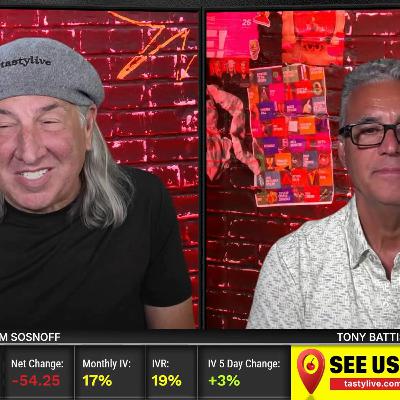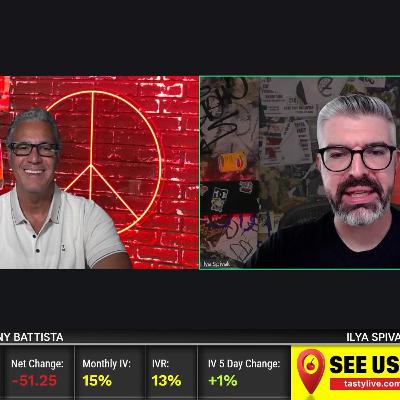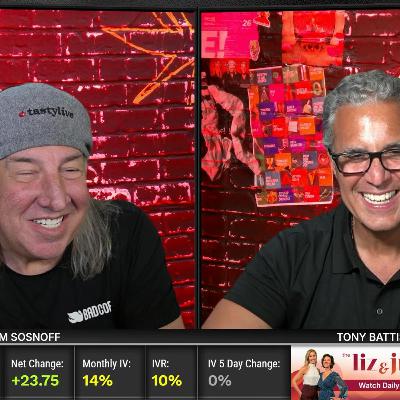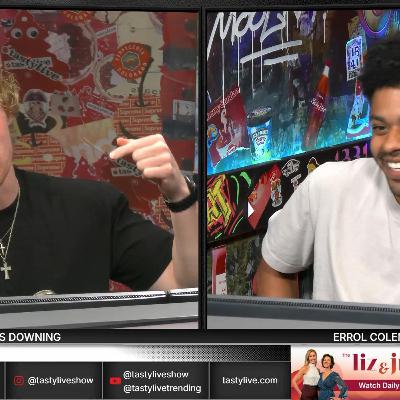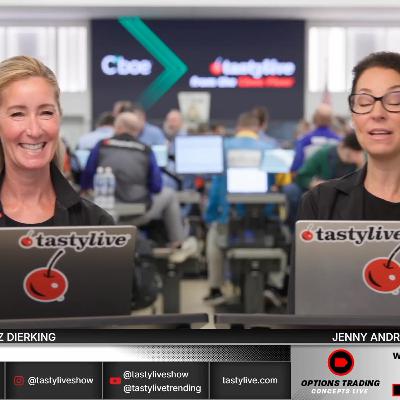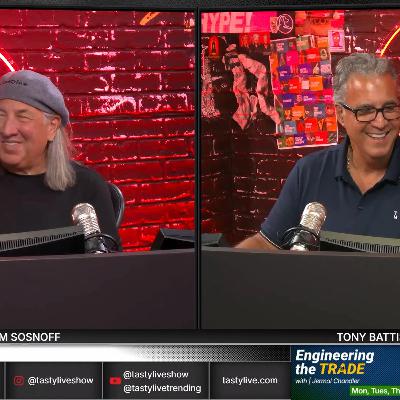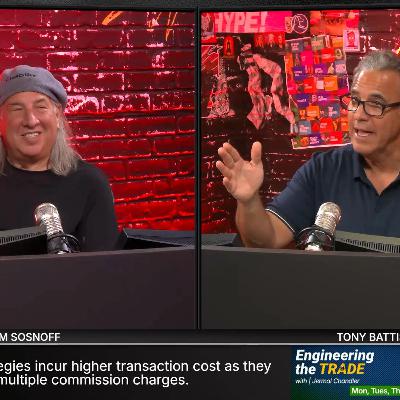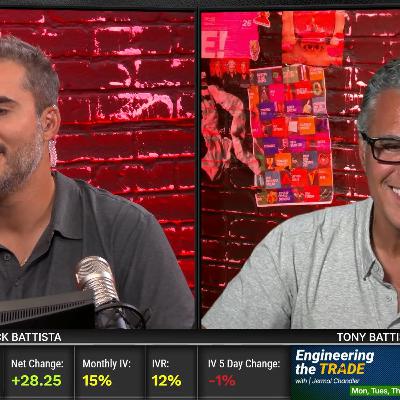Measuring Volatility In Forex
Update: 2025-08-28
Description
Glenn Freiburger joins Liz and Jenny to explain how to measure volatility in forex markets. Unlike options trading, forex relies more on realized volatility metrics, which provide smoother data due to 24-5 trading with minimal gaps.
Glenn demonstrates two key volatility indicators in the TastyFX platform: Average True Range (ATR) and Bollinger Bands. ATR helps traders set realistic profit targets and stop losses by measuring expected price movement in pips, while Bollinger Bands visually represent volatility directly on price charts.
The trio executes a long position in the New Zealand dollar (NZD/USD) at the 0.58 handle, setting a 30-pip take-profit target to align with the currency pair's average daily movement. They also discuss previously established trades in natural gas and CoreWeave, taking profits on positions showing significant gains.
Glenn demonstrates two key volatility indicators in the TastyFX platform: Average True Range (ATR) and Bollinger Bands. ATR helps traders set realistic profit targets and stop losses by measuring expected price movement in pips, while Bollinger Bands visually represent volatility directly on price charts.
The trio executes a long position in the New Zealand dollar (NZD/USD) at the 0.58 handle, setting a 30-pip take-profit target to align with the currency pair's average daily movement. They also discuss previously established trades in natural gas and CoreWeave, taking profits on positions showing significant gains.
Comments
In Channel


